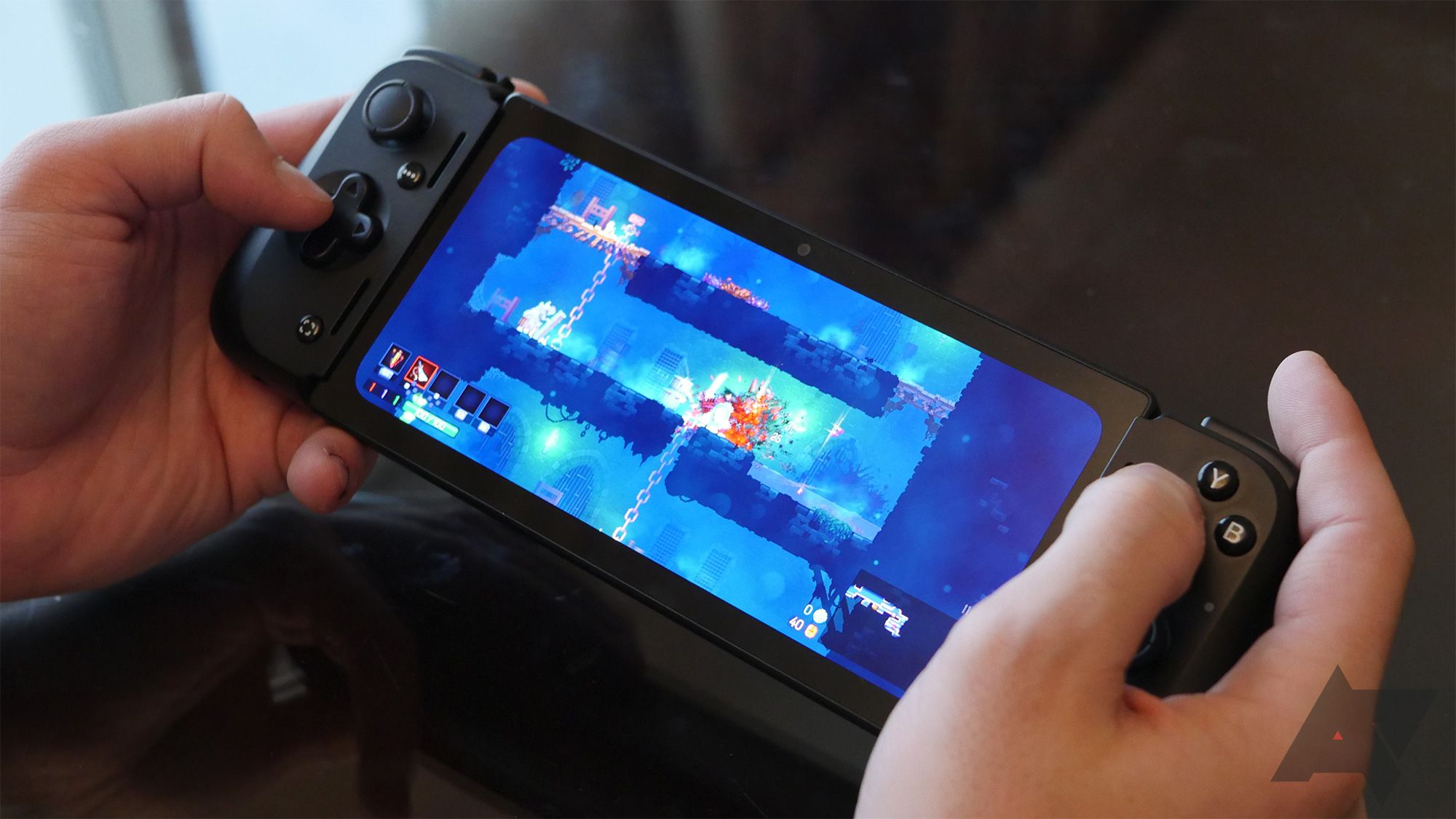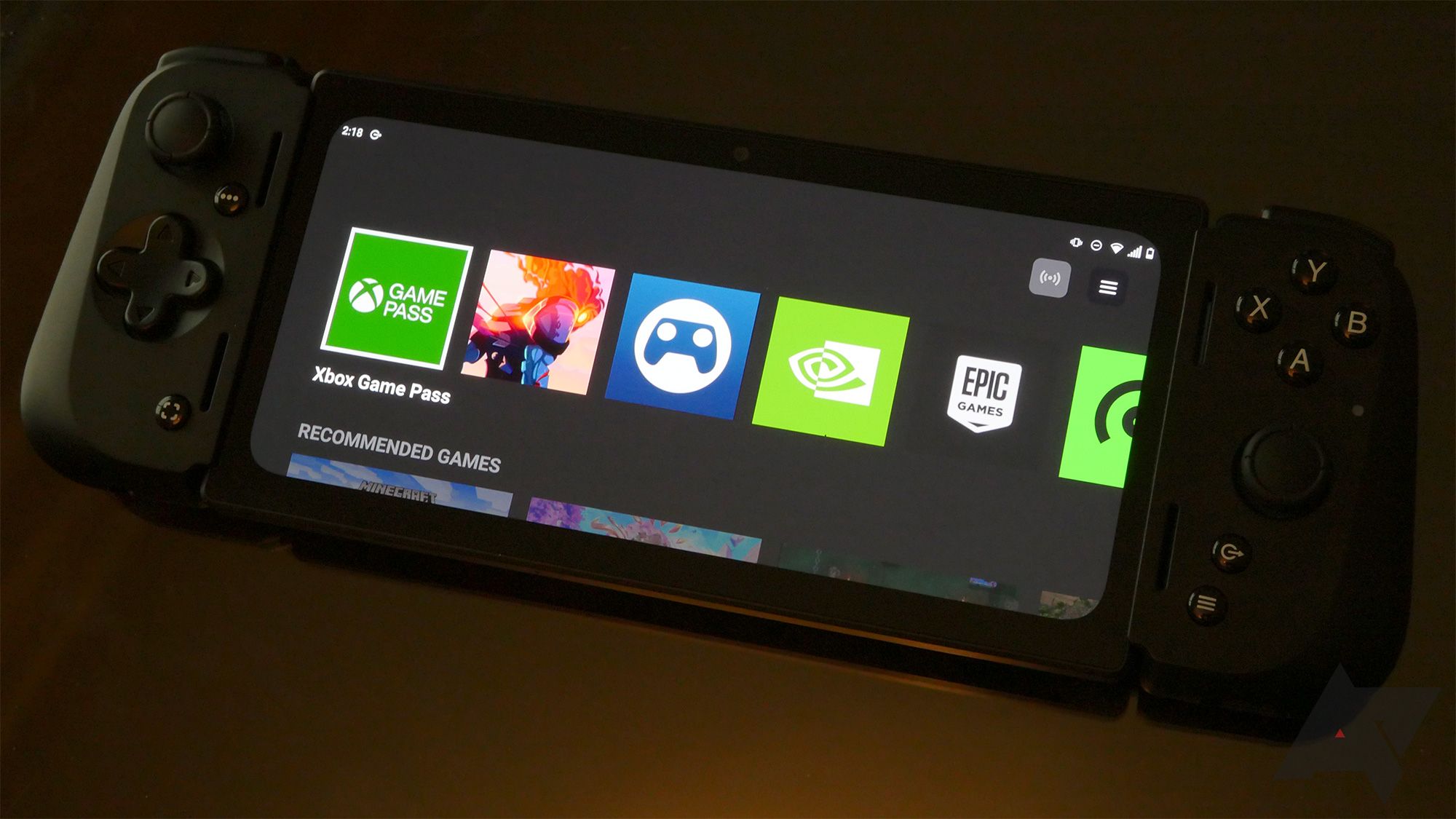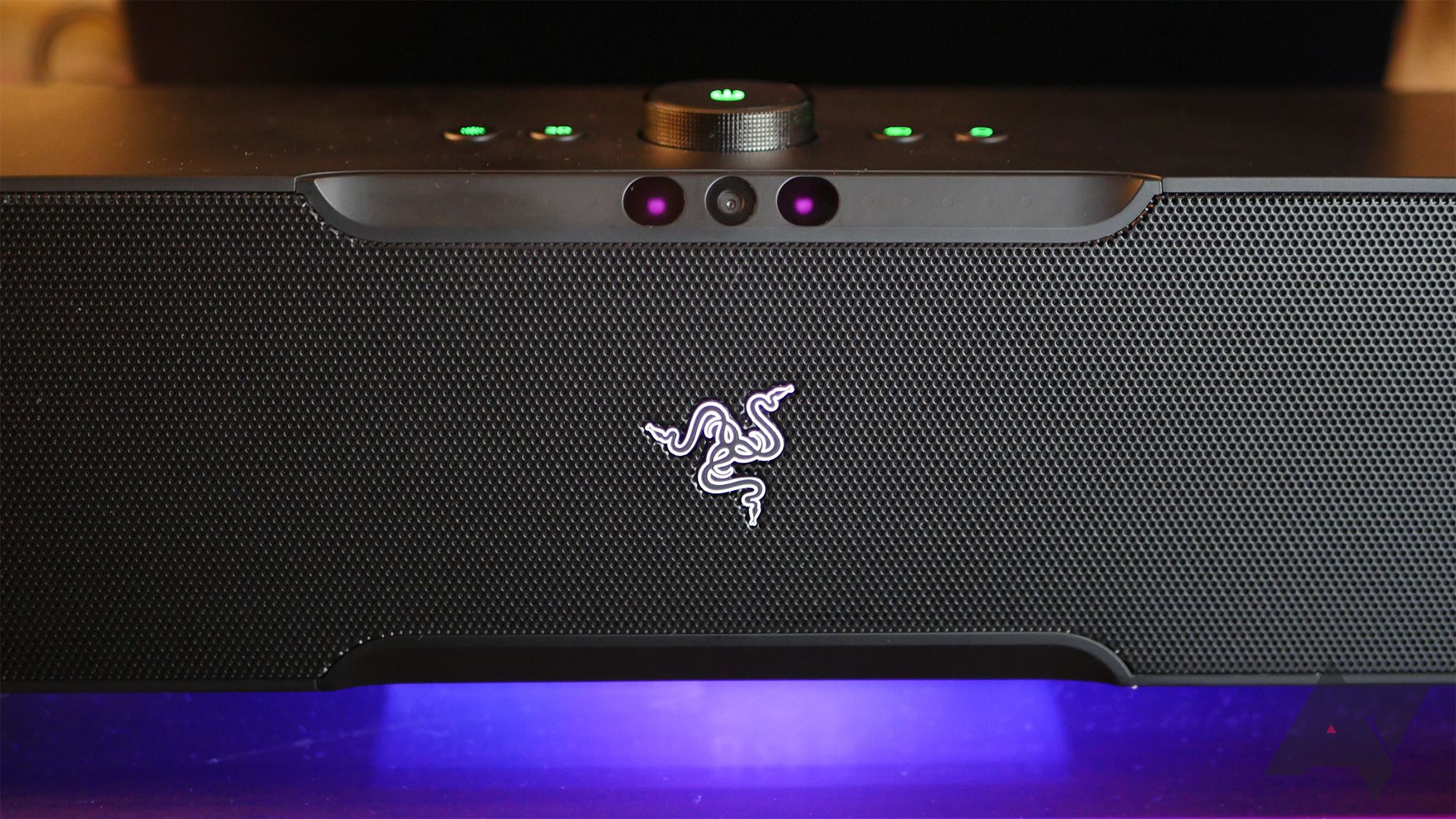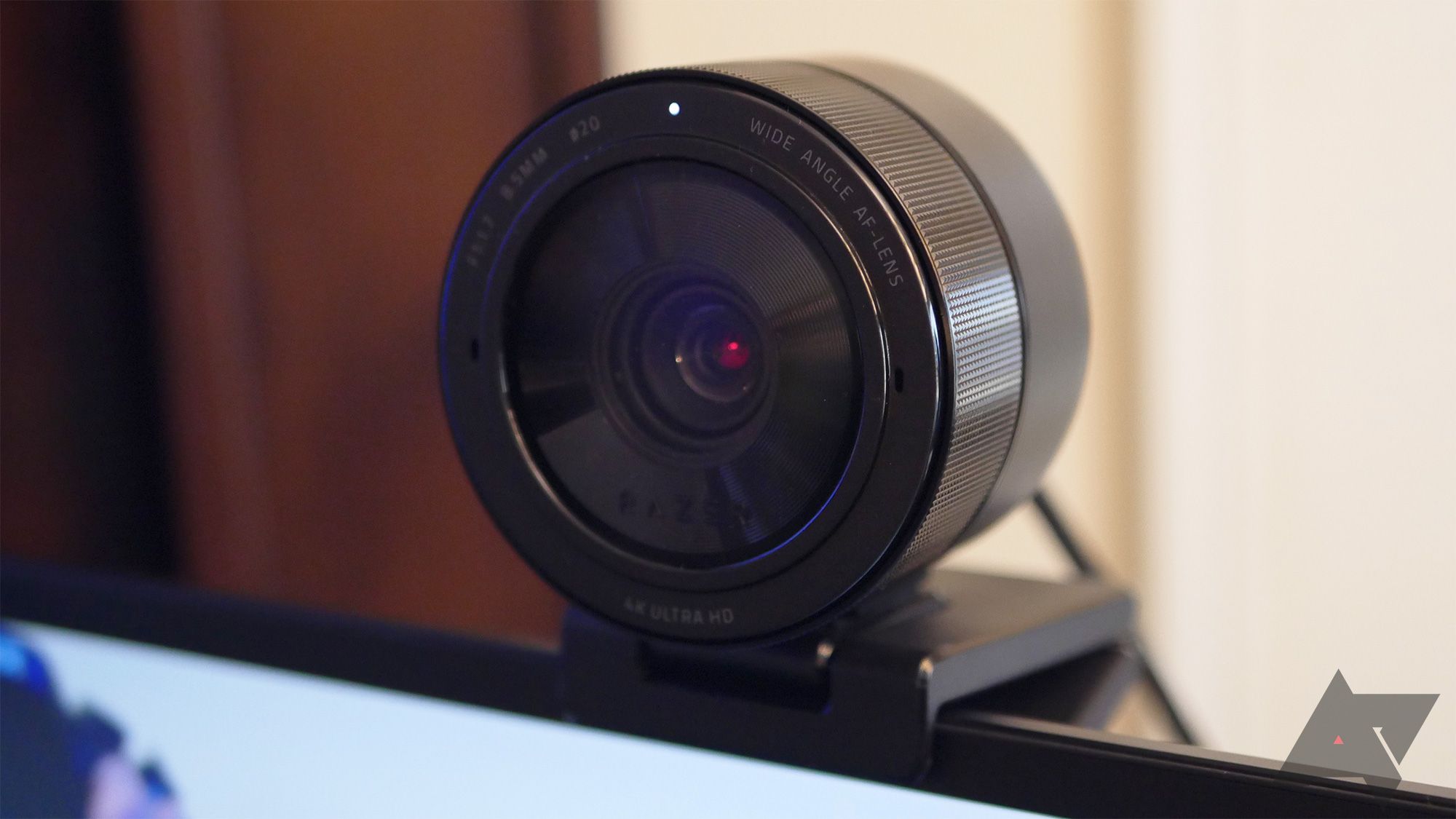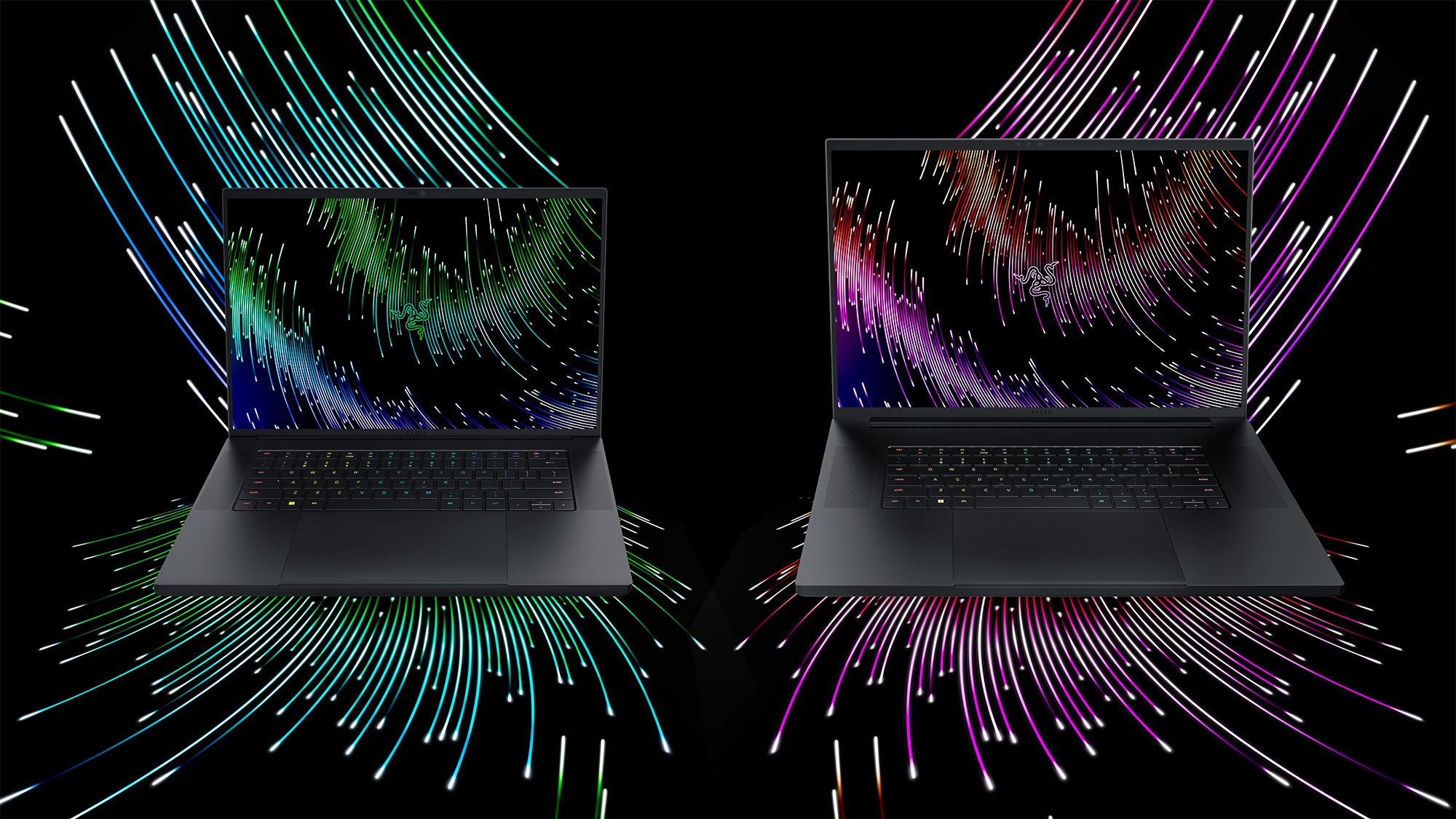2022 was a hell of a year for handheld gaming consoles, and while the aging Nintendo Switch did pick up some fantastic new releases, maybe the hottest action was taking place in the PC & Android space, especially when that came to cloud gaming. Devices like Valve's Steam Deck and the Logitech G Cloud dominated our attention, but in mid-October one of the biggest names in gaming hardware dropped a teaser for an upcoming handheld of its own: the Razer Edge. Based on the successful Razer Kishi controller accessory, we knew the Edge was coming out in 2023, but when? This year at CES 2023, I finally got to go hands-on with the Razer Edge, while also getting the details on those release plans, and checking out the rest of Razer's big CES hardware announcements.
Razer Edge handheld console
If you've ever tried using a clamp-on gaming controller accessory for your phone, and found the fit a little less than ideal, the Razer Edge might be right up your alley. Basically, it pairs an upgraded version of the Kishi V2 controller (which we already really liked) with a purpose-built not-a-phone (think of it as a mini tablet, but the point is you're not going to be making calls on this) running Qualcomm's Snapdragon G3x Gen 1 Gaming Platform. We already heard about features like its big, beautiful 2400x1080 AMOLED display with 144Hz support, and I can confirm it looks just great in person.
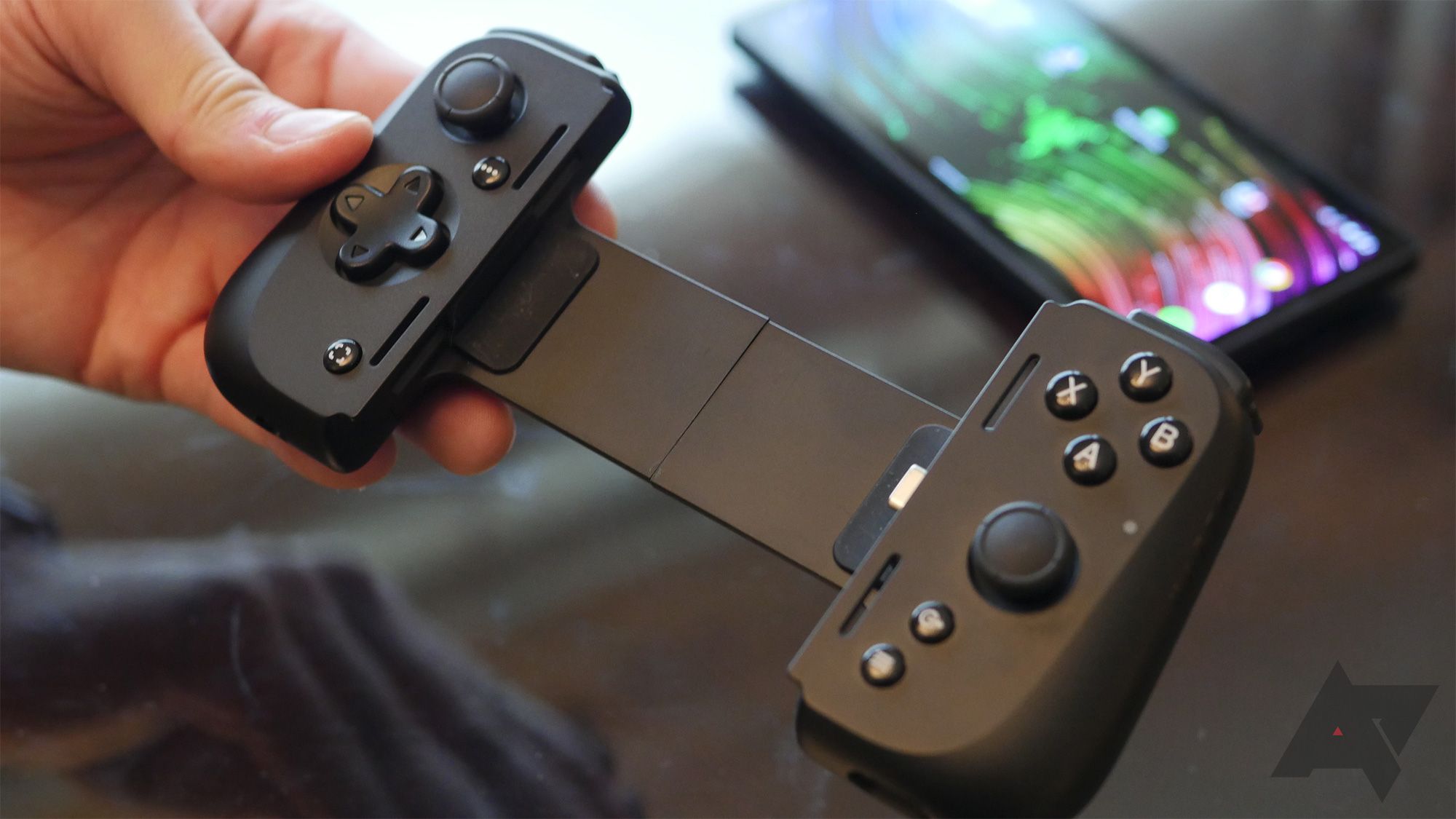
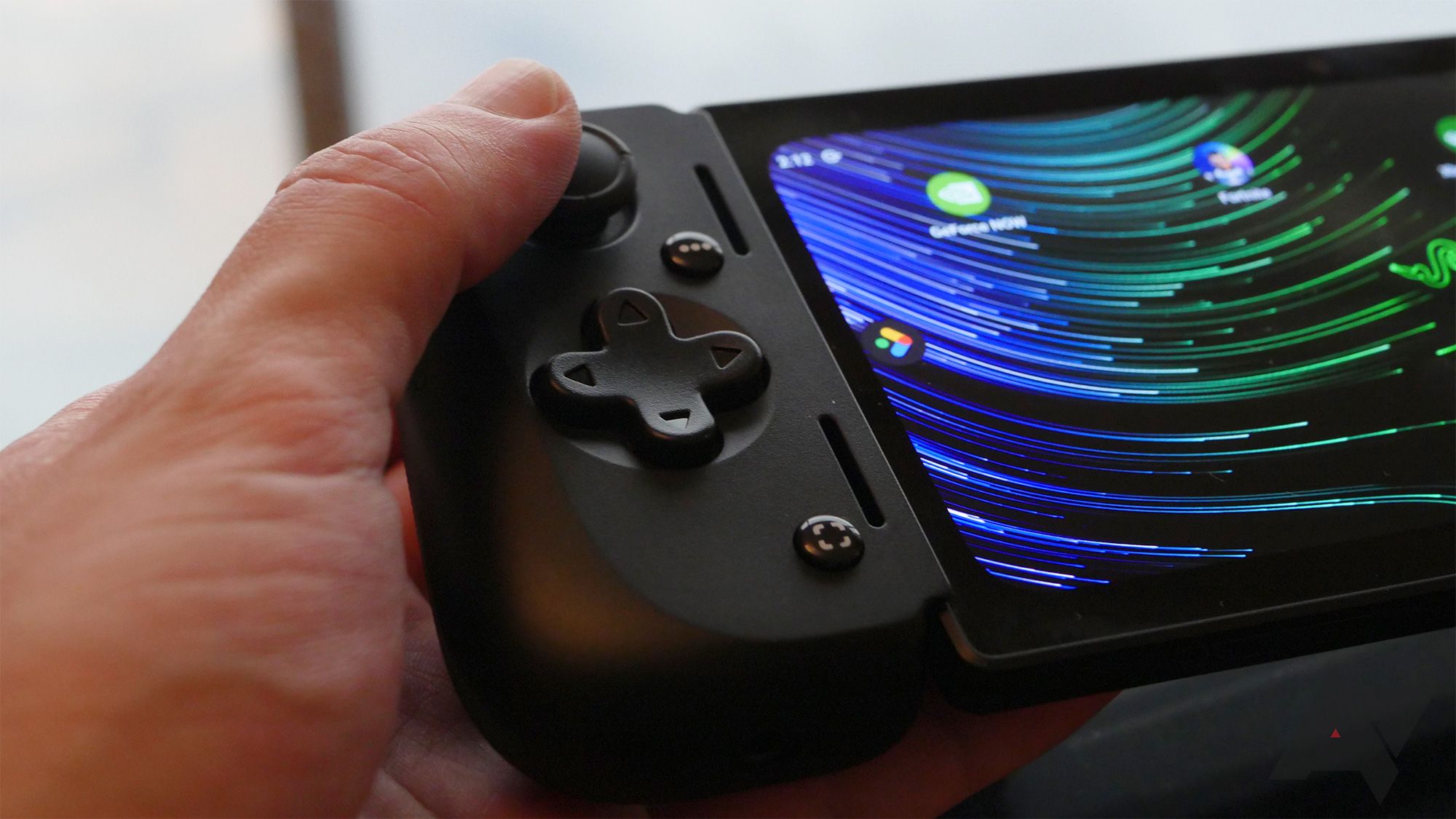
Active cooling is designed to help get the most out of that silicon without having to throttle down your gameplay, and bonuses like an all-too-rare analog headphone jack mean you can enjoy low-latency audio while keeping your gaming private. Maybe the part I liked best here was Razer's approach to software, and while you can use the Edge much like any other Android device, some of the slickest stuff happens when you dive into its custom interface.
Here, you'll find a curated selection of Android titles that Razer's verified support controller input, as well as easy access to all your favorite cloud gaming services. And with this menu tied to a quick-launch button on the controller hardware, you really can jump around between games while feeling like you're on a dedicated console.
Last year, Razer told us we'd be getting a Wi-Fi version of the Edge that would sell for $400, and that Verizon would also offer a 5G model. Now we finally have a date: sales for both editions of the Razr Edge open later this month, on January 26. As for the 5G model, the official retail price is $600, but Verizon will let that go for $10 a month over 36 months (so just $360), so long as you add a new tablet line to your plan along with it. And if you pick up a 5G phone at the same time, Verizon will knock your monthly Edge payment in half.
Be sure to check back with Android Police for our full review of the Razer Edge console. In the meantime, if you just can't wait for January 26, you can always pick up one of the best Android gaming controllers for your existing phone.
Razer Leviathan V2 Pro head-tracking soundbar
Who bothers with the mess of discrete speakers anymore, when soundbars perform as well as they do? But for all the cool audio tricks they can pull off, tricking our ears into thinking we've got a full setup of speakers surrounding our living rooms, the "sweet spot" where all that audio processing magic converges can be frustratingly narrow. Razer's Leviathan V2 Pro has just the trick for fixing that, combining beamforming technology with an IR head-tracking camera to make sure that sweet spot follows you around.
Since this bar is designed for desktop PC use, you might think that your head's not going to be moving around that much, anyway, but in testing I can confirm that the tracking really does improve the quality of the auditory experience, even as you just shift in your seat or turn your head side-to-side. There's a regular stereo mode for when you don't fancy, a room-filling mode for when you just want to make sure everyone in earshot can hear the action, and a couple virtual-speaker modes that directly rely on the head-tracking: an expanded 3D speaker experience, and a virtual headset mode. You can toggle between them with a tap on the bar itself, where you'll also find helpful visual indicators that verify the head-tracking has acquired its target: you.
The unit includes a subwoofer, can connect to devices over USB or Bluetooth, and has integrated RGB lighting. Sales start in February, when the Leviathan V2 Pro will sell for $400.
Razer Kiyo Pro Ultra DSLR-quality webcam
How many of us realized the value of a really nice-looking webcam over pandemic, and found the ones that came built-in with our computers to be a little lacking? Companies have been racing to deliver on the demand in this greatly expanding market space, and this year at CES Razer is showing off the new Kiyo Pro Ultra webcam with the company's biggest sensor yet.
The Kiyo Pro Ultra employs a Sony 1/1.2-inch STARVIS2 sensor for high light sensitivity and a crisp 4K 30fps image, and its f/1.7 aperture gives your background a proper bokeh look. While the unit seems a big gigantic when perched atop your laptop screen, its light weight and secure mounting hardware should reassure you that it's not going anywhere. AI uses eye-and-mouth tracking to recognize users and keep them in focus, which worked really well — unless I had my mask on, but that shouldn't be a problem when you're using the camera at home.
I think my favorite feature, though, has to be the fantastically over-engineered privacy shutter here: twist a ring around the camera's edge, and blades extend in from the fringes to block the lens, looking like a proper DSLR iris aperture in the process. Does it need to be so fancy? Absolutely not, but it's fun as hell. Sales of this one open today, priced at $300.
Razer Blade laptops, concept haptic speakers, VR accessories, and more'
Razer brought a lot of new hardware to CES this year, and we've just scratched the surface so far. PC gamers will want to check out thew new Razer Blade 16 and 18 Windows laptops. The Razer Blade 16 has a beautiful mini-LED display with dual-refresh-rate support, and keeps its size almost as compact as the old 15-inch model. Meanwhile, the Blade 18 is just a beast with the latest 13th-gen Intel silicon, QHD+ 240Hz screen, and more speakers than your entertainment system probably has. Both will land later in Q1, starting at $2700 and $2900, respectively.
If you've got a Meta Quest 2, and aren't loving the native hardware, check out Razer's new accessories for the VR headset: an alternate "facial interface" (the foamy bit around your eyes) that feels much higher quality than the original, and some upgraded straps to keep the Quest 2 securely attached to your head.
Finally, Razer keeps with its tradition of showcasing some concept hardware with what it calls Project Carol, an accessory for your gaming chair that fits over the headrest and provides near-field surround sound and haptic feedback. I've yet to try this one out for myself, but will circle back to update this post with my impressions.

